JPMorgan has put a numerical marker under this Bitcoin cycle, telling clients that the market’s “pain threshold” now sits near $94,000 — a level the bank frames as both a mining-economics floor and an answer to the question of how low spot can realistically trade before fundamentals start to bite. According to reporting by The Block, the analyst team led by Nikolaos Panigirtzoglou argues that “Bitcoin’s downside from current levels appears to be ‘very limited,’” because they “see its support price at around $94,000.”
How Low Can Bitcoin Go?
The core of the call is JPMorgan’s updated estimate of Bitcoin’s production cost. In their latest note, cited by The Block, the analysts say the all-in cost to mine one bitcoin has risen from about $92,000 to roughly $94,000 as network difficulty has surged over recent months. That jump in difficulty forces miners to deploy more hashpower per block, lifting the marginal cost per coin. The team reiterates a framework they have used in prior cycles, stressing that “the bitcoin production cost has empirically acted as a floor for bitcoin,” so a higher cost mechanically pulls the support zone higher as well.
On JPMorgan’s numbers, the ratio of spot price to production cost now sits just above 1.0, close to the lower end of its historical range. That implies miners’ operating margin is thin and that there is limited room for an extended move far below the modeled cost without triggering stress in the mining sector. From that perspective, the bank’s $94,000 level is not presented as a precise line in the sand, but as a statistically grounded region where downside risk becomes compressed because miners’ incentives to keep selling into weakness deteriorate.
The same note keeps a much more optimistic medium-term scenario in place. JPMorgan reiterates a 6–12 month upside case around $170,000 per bitcoin, derived from a volatility-adjusted comparison with gold. As summarized by The Block, the analysts estimate that Bitcoin currently “consumes” around 1.8 times more risk capital than gold, yet still has a smaller market capitalization — roughly $2.1 trillion versus about $6.2 trillion in private-sector gold investment via ETFs, bars and coins. To close that gap on a volatility-adjusted basis, they calculate Bitcoin’s market cap would need to rise by about 67%, “implying a theoretical bitcoin price of close to $170,000.”
The Block also highlights how this view fits into JPMorgan’s recent track record of calls. In an earlier note last month, the same team argued that Bitcoin looked significantly undervalued relative to gold, implying upside toward about $165,000 by year-end. Panigirtzoglou has since dialed back the timing, telling The Block that, “it would not be realistic to expect this price target by year’s end,” given recent liquidations and very weak sentiment, and reframing $170,000 as a 6–12 month scenario rather than a near-term objective. The note further recalls an August projection around $126,000 by year-end; Bitcoin later printed an all-time high above $126,200 on Oct. 6 before a record liquidation event on Oct. 10 abruptly reset positioning.
Those earlier pieces of research are consistent with a broader framework JPMorgan has been articulating publicly. In a separate analysis earlier this month, also led by Panigirtzoglou and reported by MarketWatch, the bank argued that post-October deleveraging left Bitcoin “very cheap to gold” on a volatility-adjusted basis and concluded that “this mechanical exercise thus implies significant upside for bitcoin over the next 6–12 months,” with fair value again clustering near $170,000.
What the new note, as relayed by The Block, adds is a more explicit downside anchor: as long as network difficulty and energy-input assumptions keep the estimated production cost around $94,000, JPMorgan sees that level as the effective floor that answers how low Bitcoin can go before mining economics force the market to confront its constraints.
At press time, BTC ($95,847.00) traded at $97,505.
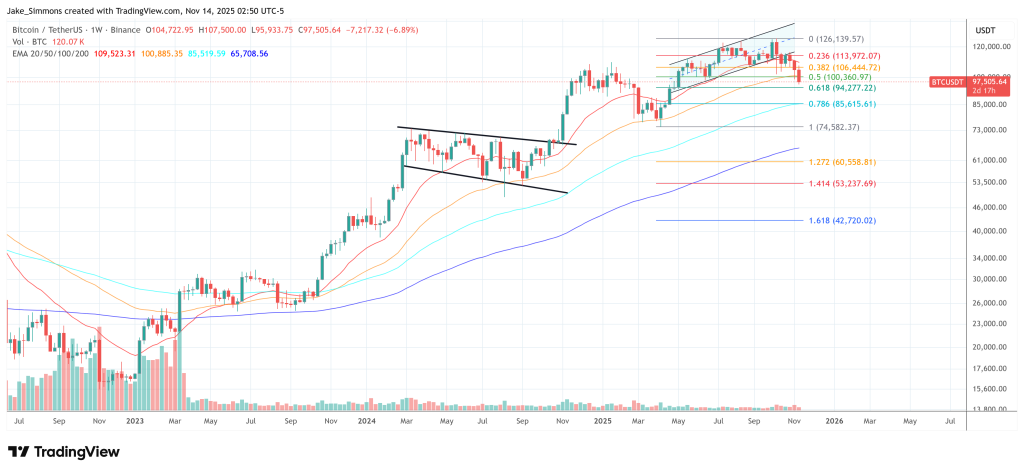










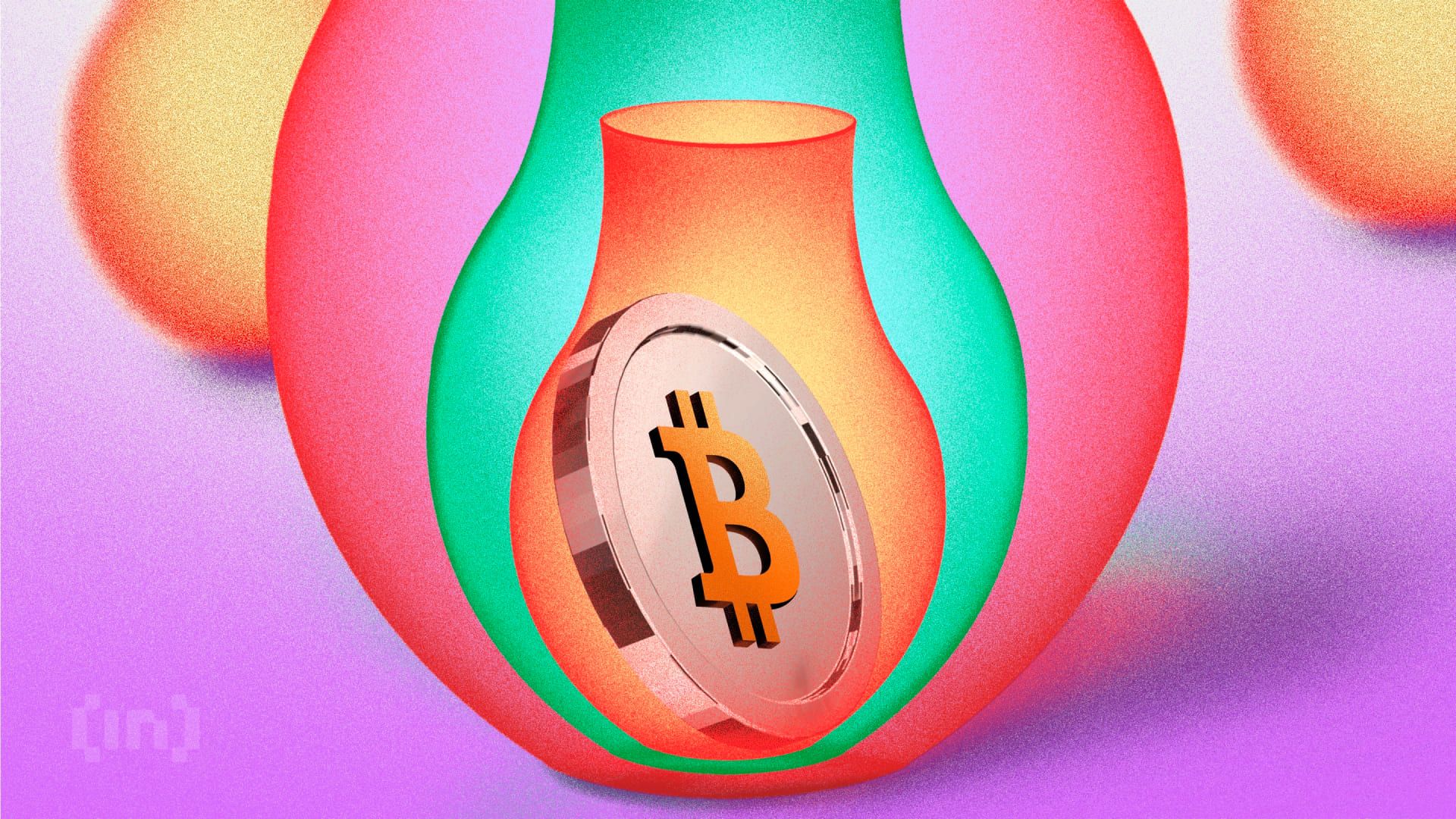
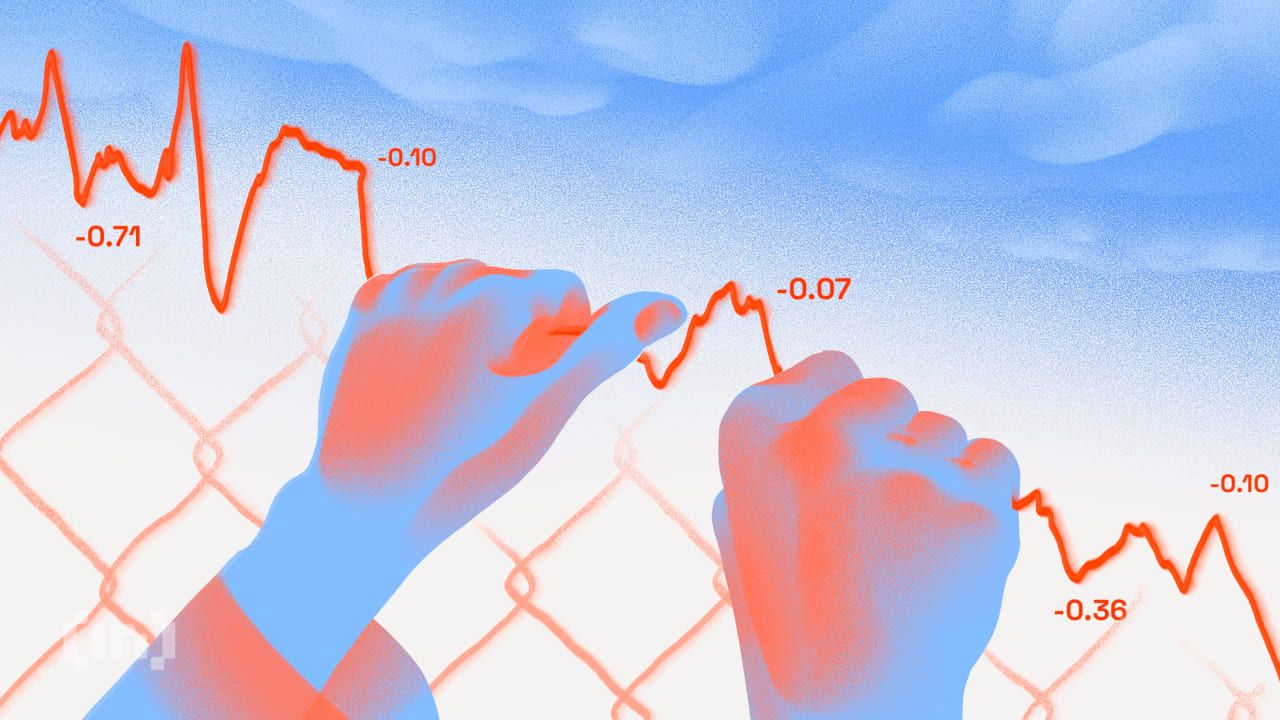



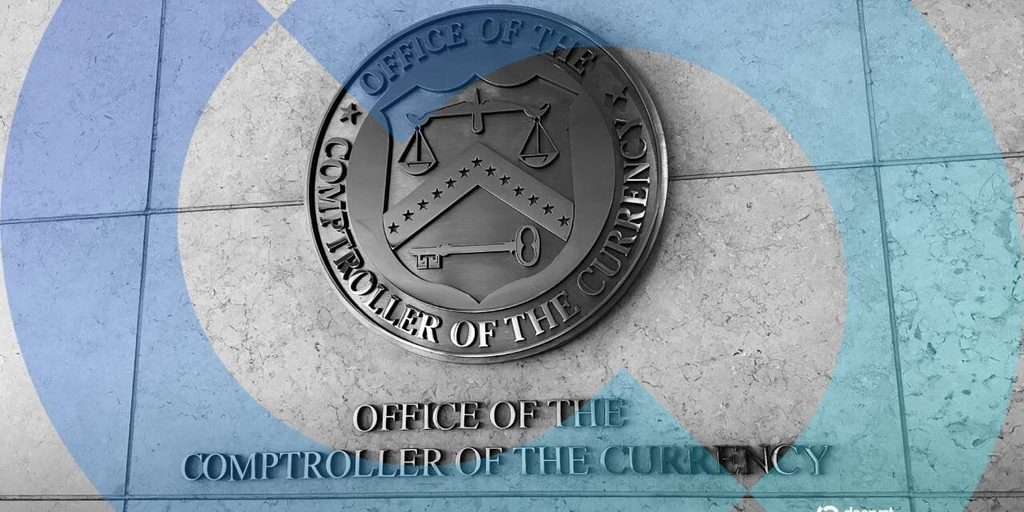



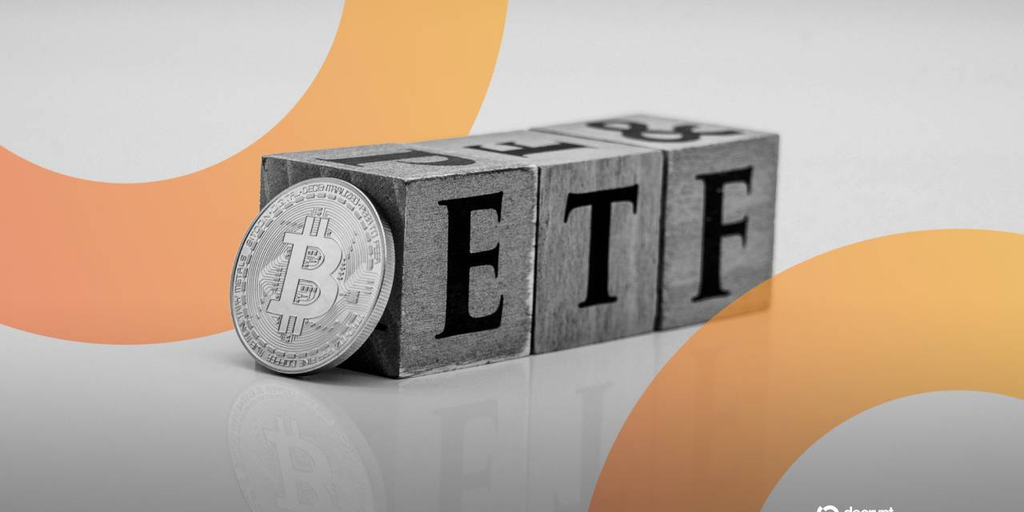







 24h Most Popular
24h Most Popular

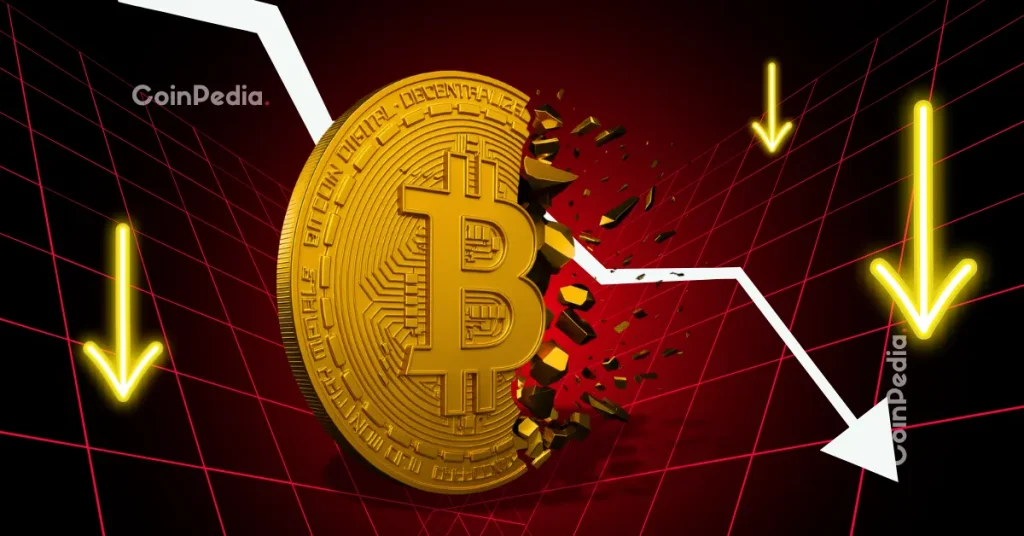





 Utilities
Utilities